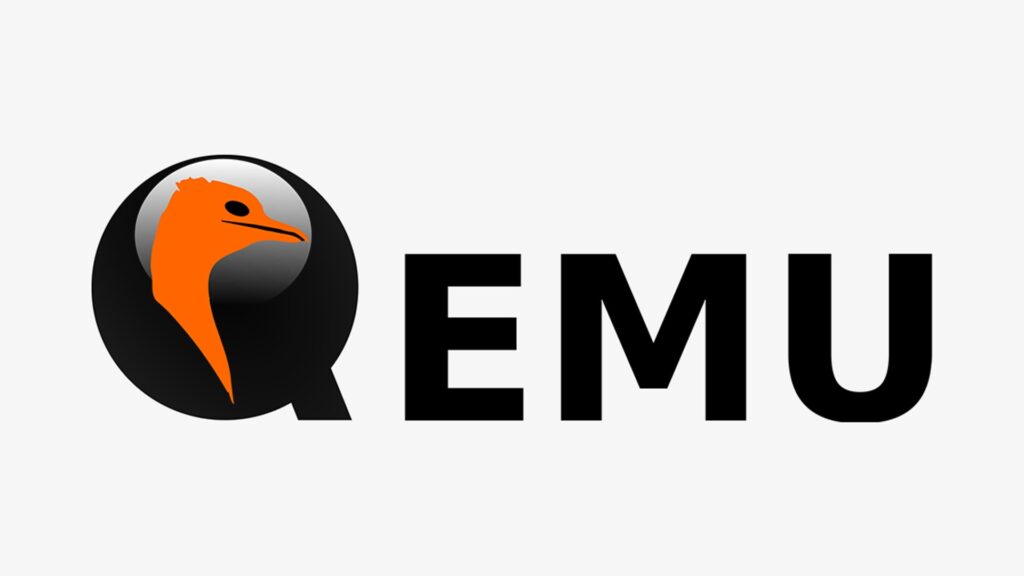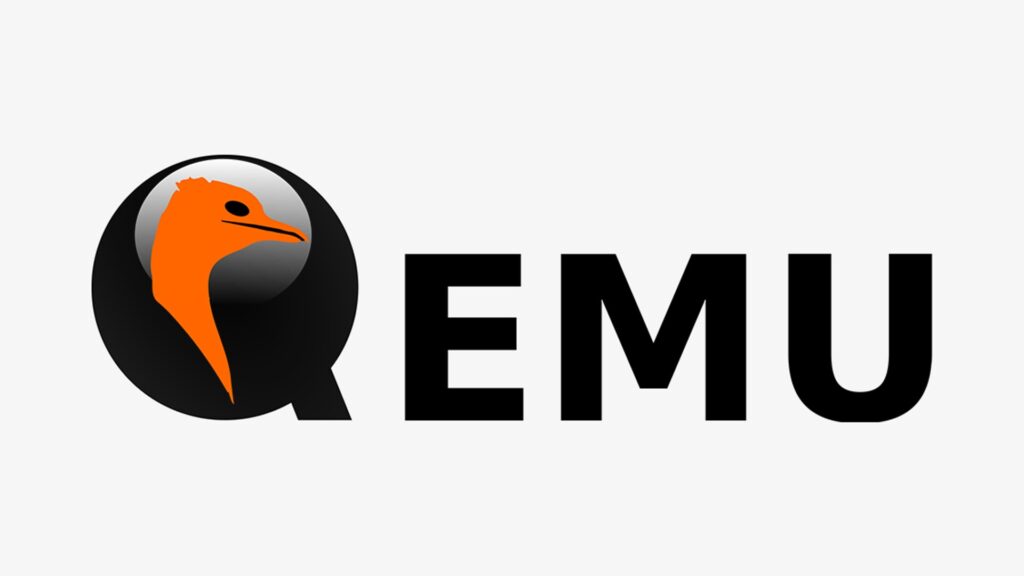
QEMU (Quick Emulator) è un software libero e open source che consente di eseguire programmi compilati per una architettura hardware su un sistema con un’architettura diversa. Grazie alla sua versatilità, QEMU è in grado di emulare un’intera macchina virtuale, offrendo un ambiente completo per testare e sviluppare software su diverse piattaforme senza la necessità di hardware fisico dedicato.
Nato nel 2003 come progetto di Fabrice Bellard, QEMU si è rapidamente evoluto diventando uno strumento essenziale per sviluppatori, sistemisti e appassionati di virtualizzazione. Il software è distribuito sotto la licenza GNU General Public License (GPL), versione 2 o successiva, garantendo libertà di utilizzo, modifica e distribuzione.
QEMU è compatibile con i principali sistemi operativi, tra cui:
- GNU/Linux (tutte le distribuzioni)
- Windows (dalla versione 7 in poi)
- macOS (dalla versione 10.12)
- FreeBSD e OpenBSD
La versione precedente, QEMU 10, è stata rilasciata nell’aprile 2025. Questa versione ha introdotto numerose ottimizzazioni, tra cui il supporto avanzato per architetture ARM, miglioramenti nella migrazione live delle macchine virtuali e l’aggiunta di nuove estensioni per RISC-V.
Novità in QEMU 10.1
La nuova versione QEMU 10.1, rilasciata ieri 26 agosto 2025, rappresenta un ulteriore passo avanti nell’emulazione e nella virtualizzazione. Questo aggiornamento include oltre 2700 modifiche (commit), sviluppate da 226 autori, che introducono funzionalità innovative e miglioramenti significativi.
Miglioramenti principali
Supporto avanzato per la virtualizzazione sicura
- VFIO (Virtual Function I/O): QEMU 10.1 introduce il supporto iniziale per l’accesso e la mappatura della memoria per ospiti confidenziali (confidential guests), quando viene utilizzato guest_memfd. Questa funzionalità consente il passthrough (accesso diretto all’hardware) per macchine virtuali eseguite sotto SEV-SNP (Secure Encrypted Virtualization-Secure Nested Paging) e TDX (Intel Trust Domain Extensions), garantendo un livello superiore di sicurezza e isolamento.
Migrazione live ottimizzata
- Multifd e post-copy: La migrazione live delle macchine virtuali è stata ulteriormente ottimizzata grazie al supporto per multifd, che accelera la fase di post-copy (trasferimento dei dati dopo l’avvio della macchina virtuale sulla destinazione). Sono state introdotte anche ottimizzazioni per la pre-copy (trasferimento dei dati prima dell’avvio) e il supporto per la migrazione tramite RDMA (Remote Direct Memory Access) su IPv6.
Nuove funzionalità per il QEMU Guest Agent
- Monitoraggio del carico su Windows: È stato aggiunto il comando guest-get-load, che consente di interrogare il carico di lavoro delle macchine virtuali che eseguono Windows, fornendo informazioni dettagliate sulle prestazioni.
Supporto esteso per l’architettura ARM
- Nuove funzionalità della CPU: QEMU 10.1 introduce il supporto per le estensioni FEAT_SME2, FEAT_SME2p1, FEAT_SME_B16B16, FEAT_SME_F16F16, FEAT_SVE_B16B16 e FEAT_SVE2p1, che migliorano le capacità di elaborazione vettoriale e scalare delle CPU ARM.
- Nuovi modelli di schede: Sono state aggiunte le schede ‘max78000fthr’, ‘ast2700fc’, ‘catalina-bmc’, ‘gb200-bmc’ e ‘ast2700a0-evb’, che ampliano le possibilità di emulazione per dispositivi embedded e server.
- Virtualizzazione annidata e hotplug PCI: La scheda ‘virt’ ora supporta la virtualizzazione annidata sotto KVM (Kernel-based Virtual Machine), il protocollo CXL (Compute Express Link) e l’hotplug PCI basato su ACPI (Advanced Configuration and Power Interface).
Miglioramenti per LoongArch, Microblaze e RISC-V
- LoongArch: Supporto per in-kernel irqchip, che migliora la gestione delle interruzioni hardware.
- Microblaze: Possibilità di selezionare l’endianness (ordine dei byte) per la macchina ‘petalogix_s3adsp1800′.
- RISC-V: Aggiunto il supporto per l’istruzione atomica Ziccif e l’estensione ‘Svrsw60t59b’, oltre a numerosi miglioramenti e correzioni. È stato introdotto anche il supporto per la CPU e la piattaforma Kunminghu.
Novità per l’architettura x86
- Virtualizzazione confidenziale: QEMU 10.1 introduce il supporto per l’esecuzione di ospiti confidenziali tramite Intel TDX e la possibilità di inizializzare macchine virtuali TDX o SEV-SNP utilizzando il formato di file IGVM (Initial Guest Virtual Machine).
Dove scaricare QEMU 10.1
La nuova versione di QEMU 10.1 è disponibile sulla pagina ufficiale dei download nel sito ufficiale del progetto. Per consultare tutte le novità e i cambiamenti introdotti, è possibile leggere l’annuncio ufficiale di rilascio e/o accedere al changelog (registro delle modifiche) completo.
Fonte: https://www.qemu.org/2025/08/26/qemu-10-1-0/
Fonte: https://wiki.qemu.org/ChangeLog/10.1
Fonte: https://www.phoronix.com/news/QEMU-10.1-Released
Fonte: https://linuxiac.com/qemu-10-1-brings-tdx-sev-snp-vm-support/
Source: Read More


